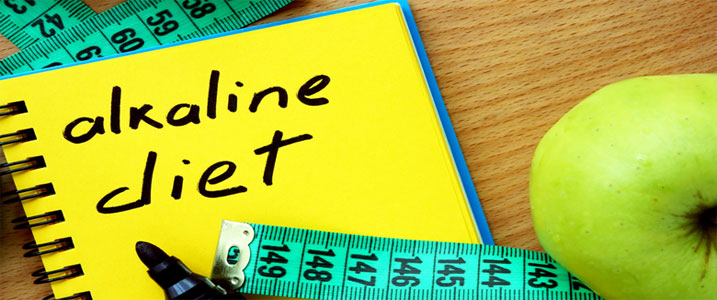
Structure your baseline. Design your dietary program around those foods which will help you balance your overall blood and tissue pH. It is suggested that your diet should consist of 80% alkaline foods, while no more than 20% be acidic. It is also recommended that approximately 1/3 of your alkalizing foods be raw; if you also choose to use a Blood Type profile, you can see exactly which foods (not food groups) are most beneficial for you. In addition, you can also adjust your portions of meat, dairy, and grain consumption accordingly as to body weight and activity level. These profiles are scientifically based and give you a great visual and provide you with an adequate foundation with which to begin.
Structure your intake of water initially to include at least six to eight, 8 ounces glasses per day. Ease into it. Make sure your water is alkaline to a pH of at least 7.5 to 8.5. Eventually you will want to drink approximately ½ your body weight in ounces of water. This again depends on activity level and other dietary habits. Re-invent your drinking habits around soft drinks, energy drinks, alcohol, wine, coffee and black tea. Moderation is extremely important. Cut out what you can, especially concerning soft drinks (diet especially), energy drinks, and designer coffees. All are highly addictive and are the greatest contribution to chronic over-acidity.
Think outside of the box. Pay attention to what your body and daily habits are telling you rather than what is being sold to you on a daily basis. This includes supplementation regimens. Most people supplement a poor diet, which is not a good long term “fix.” It is beneficial in treating symptoms in the short term, but these symptoms may be caused by dehydration and/or over-acidification. However, many herbs, green powders, liquid minerals, and super anti-oxidants, which help reduce oxidative stress and balance blood and tissue pH, are extremely helpful in addressing inflammatory issues and aid greatly in the detoxification of acidic waste.









